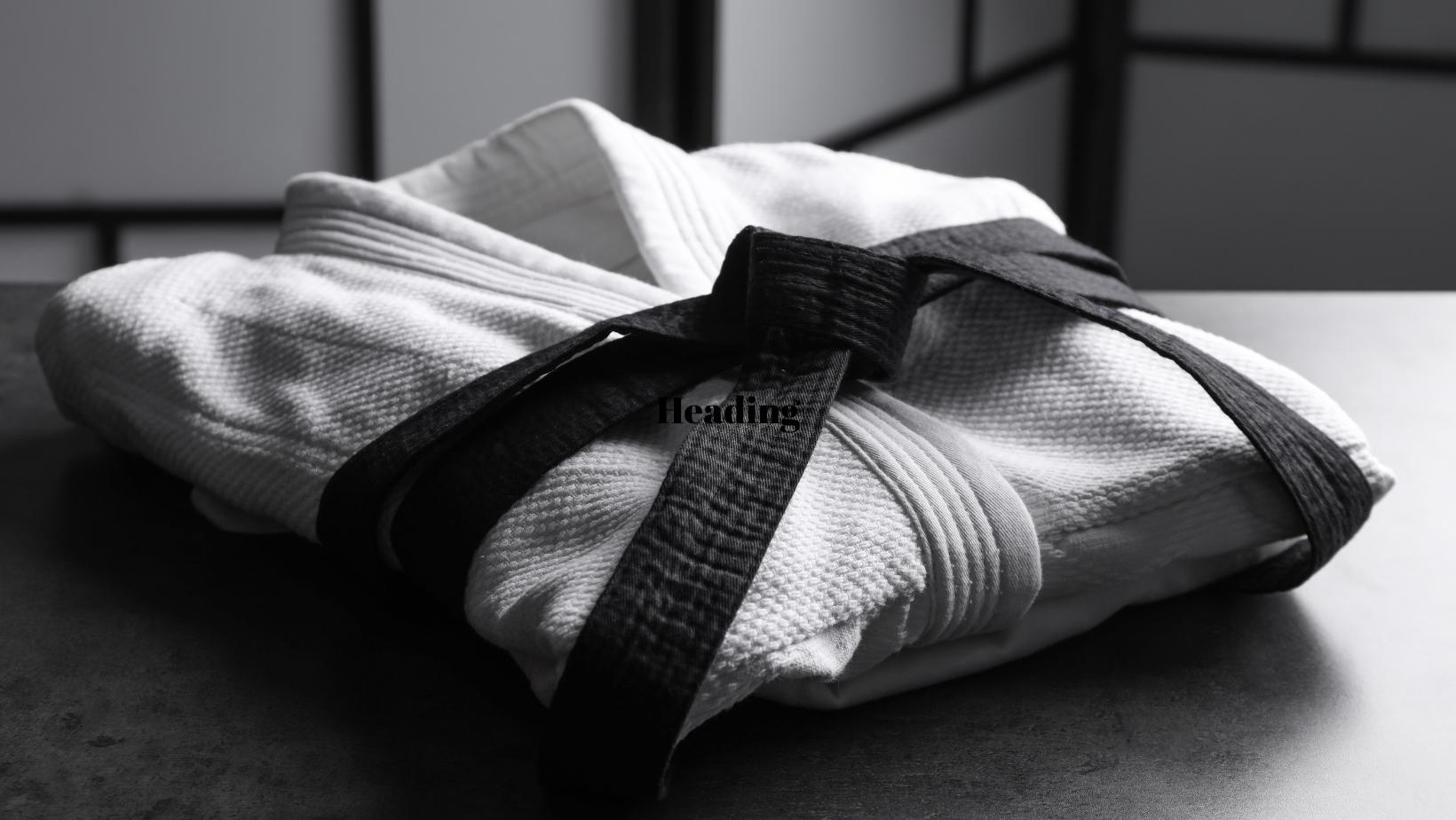The incredibly rewarding, transformative path through Brazilian Jiu Jitsu belts shapes practitioners into well-rounded, skilled martial artists. There are five main Brazilian Jiu Jitsu belts for adults which include white, blue, purple, brown and black – from lowest to highest, with the higher ranking belts indicating greater skill, knowledge and experience.
Brazilian Jiu Jitsu Belt Progression for Kids
Brazilian Jiu Jitsu belts differ for children to accommodate their unique developmental journey through their mastery of the art. Designed with the specific learning and style needs of young practitioners in mind, Brazilian Jiu Jitsu belts include gray, yellow, orange, green and blue – in order from lowest to highest.
Brazilian Jiu Jitsu Belts for Adults
Brazilian Jiu Jitsu starts with the basics and development of the proper attitude and frame of mind for training, all of which are all represented by the white belt. Training for white belts focuses on developing proper body mechanics and learning essential moves to build a strong foundation. White belt Brazilian Jiu Jitsu practitioners are introduced to the fundamentals including breakfalls, which are the practice of avoiding potentially injurious falls by striking downward toward the mat at a 45 degree angle with open palms while your feet also absorb force, both in an effort to reduce impact. Other techniques, such as basic submissions and hip escapes are also mastered as a white belt practitioner. Additionally (but no less importantly), Brazilian Jiu Jitsu white belt practitioners work toward a very positive training attitude and are expected to remain humble and willing to learn from mistakes.
Blue belt practitioners, who are expected to possess an in-depth understanding of the basics and be capable of properly executing techniques, begin to develop their own unique style and personal approach to the art as they experiment with different guards, submissions and passes. Blue belt training focuses on refining those techniques, expanding their knowledge of Brazilian Jiu Jitsu, building solid defense skills including major escape positions, and working on advanced concepts such as balance, leverage and timing. Blue belts are also required to study the strategies and technique execution of more advanced Brazilian Jiu Jitsu practitioners.
That brings us to the purple belt, which signifies a turning point where practitioners transition from learning techniques to gaining a true understanding of the art of Brazilian Jiu Jitsu. Those in possession of a purple belt must demonstrate a high level of strategic aptitude and technical precision, train with a focus on movement and momentum, plus refine combinations and their technique. Brazilian Jiu Jitsu purple belts are not only able to anticipate their opponent’s next move, but how to most effectively counter it.
Once a Brazilian Jiu Jitsu practitioner is promoted to brown belt, they have mastered signature techniques and counters. The brown belt level of skill is the point at which the student has become proficient enough in the sport to teach it. Brazilian Jiu Jitsu brown belts have accumulated a deep understanding of the art and its core principles, cultivated their own style, and they have the ability to effectively analyze techniques. As they progress, refining new techniques and meeting challenges, they advance toward the revered black belt skill level.
A black belt is a master of Brazilian Jiu Jitsu, a highly efficient, disciplined practitioner who conducts him or herself respectfully and with humility. Brazilian Jiu Jitsu black belts not only continually hone their skills and build upon their knowledge, they are expected to serve as a role model for others, sharing their expertise while contributing to the advancement of this treasured martial art.
Marking the Milestones Between Brazilian Jiu Jitsu Belts
The rewarding path of Brazilian Jiu Jitsu belt progression includes stripes and degrees, the steps in between and beyond. Stripes, which are awarded by your instructor as you continue to learn and improve, are also used to acknowledge your advancement. There are four stripes between each belt.
The Pinnacle of Brazilian Jiu Jitsu Achievement
Once black belt status is achieved, Brazilian Jiu Jitsu practitioners may aim for an even deeper level of mastery by “degree”. You can earn up to six degrees, each representing a higher level black belt. The path may be a long one, requiring unwavering dedication and discipline, but it is undoubtedly a rewarding one.
Mastering the Art of Brazilian Jiu Jitsu
Wondering just how long it may take you to master the skill level and expertise required for each belt? Everyone is different and, no matter your age, there are certain factors which may affect the time it takes to progress through the Brazilian Jiu Jitsu belt system – the most conspicuous of which are training frequency and personal effort. Ultimately, it boils down to the fact that the more you train and the amount of dedication and perseverance you demonstrate, the faster you can progress.
How Training Through the Ranks Sets Brazilian Jiu Jitsu Apart
So, how does the training for each skill level and belt progression in Brazilian Jiu Jitsu compare to other martial arts? Brazilian Jiu Jitsu places a greater emphasis on growth and development within the art, establishing a remarkably challenging progression as practitioners increase their proficiency and their depth of understanding of the core principles of Brazilian Jiu Jitsu.
Where Can I Learn More?
If you are interested in learning more about Brazilian Jiu Jitsu, call Ralph Gracie Mission Viejo Academy at 949-400-7108, email ralphgraciemv@gmail.com or visit us at our convenient location, 26861 Trabuco Road #H, Mission Viejo, California, for a personal tour. You may also sign up for a free class for a firsthand experience!


